Ancient Wonders: Uncovering the Mysterious Ruins of Troy
Nestled within the stunning landscapes of northwestern Turkey lies an archaeological site that has captivated the imagination of scholars, adventurers, and history enthusiasts for centuries—the ancient city of Troy. Known as the setting of the legendary Trojan War, this UNESCO World Heritage Site offers a glimpse into the rich tapestry of ancient civilizations and has become an enduring symbol of resilience and mythological intrigue. In this blog post, we will embark on a journey to uncover the mysteries of Troy, exploring its historical significance, archaeological discoveries, and the enduring legacy of one of the world's most fascinating ancient wonders.
The History of Troy:
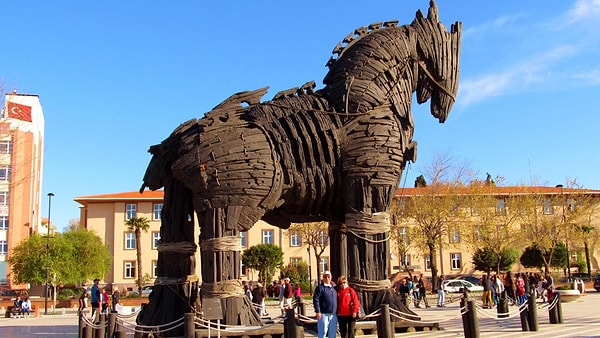
The history of Troy stretches back over 4,000 years, with its origins dating to the Early Bronze Age. According to ancient Greek mythology, the city was founded by Prince Dardanus and later became the setting for the epic Trojan War, immortalized in Homer's Iliad. The tale of the war between the Greeks and Trojans, the famous wooden horse, and the fall of Troy has captured the imagination of countless generations.
Archaeological Discoveries:
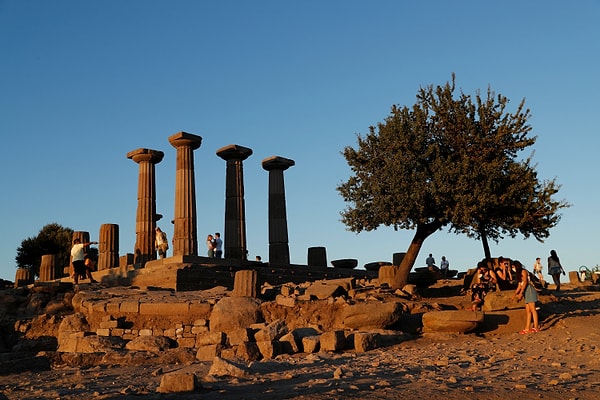
Excavations at the site of Troy have revealed layer upon layer of ancient ruins, each offering insights into different periods of its history. German archaeologist Heinrich Schliemann conducted the first large-scale excavation in the late 19th century, unearthing remarkable treasures and confirming the existence of the ancient city. Subsequent excavations by renowned archaeologists like Carl Blegen and Manfred Korfmann have further deepened our understanding of Troy's complex past.
The Legendary Walls of Troy:
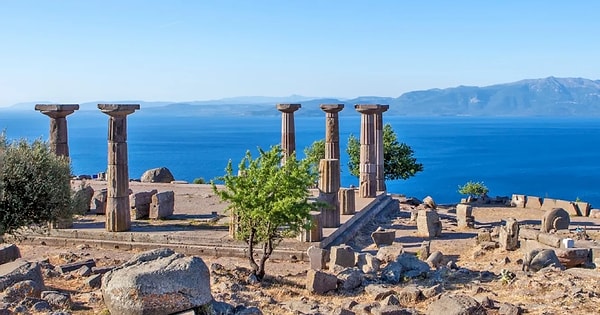
One of the most significant discoveries at Troy is the impressive fortification system that protected the city. The walls of Troy, which consisted of multiple layers, provide evidence of various architectural styles and construction techniques employed over centuries. These massive walls not only served as a defense mechanism but also stood as a testament to the city's enduring resilience.
The Trojan War and the Myth of the Wooden Horse:

The tale of the Trojan War, immortalized in Greek mythology and Homer's epic poems, has become inseparable from the history of Troy. The conflict between the Greeks and Trojans, sparked by the abduction of Helen, the wife of Menelaus, has inspired countless works of literature, art, and film. The iconic wooden horse, a cunning stratagem employed by the Greeks to enter the impregnable walls of Troy, remains one of the most enduring symbols of deception and victory in ancient lore.
Troy and Archaeology Today:
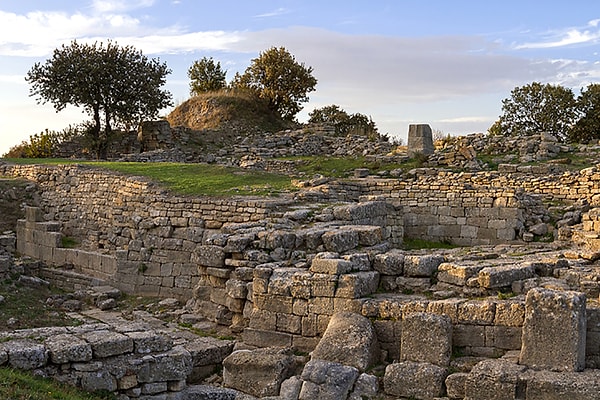
Today, Troy continues to be a site of ongoing archaeological research and exploration. The Troy Archaeological Site houses a museum that showcases artifacts and provides a deeper understanding of the ancient city's history. Visitors can walk among the ruins, marvel at the reconstructed city walls, and envision the once-thriving civilization that called this place home.
The Cultural and Historical Significance:

The significance of Troy extends far beyond its mythical and archaeological intrigue. It serves as a reminder of the interconnectedness of ancient civilizations and their contributions to human history. The site of Troy is a testament to the resilience and endurance of cultures that have risen and fallen throughout the ages, leaving behind a legacy that continues to inspire and educate.
Troy in Popular Culture:
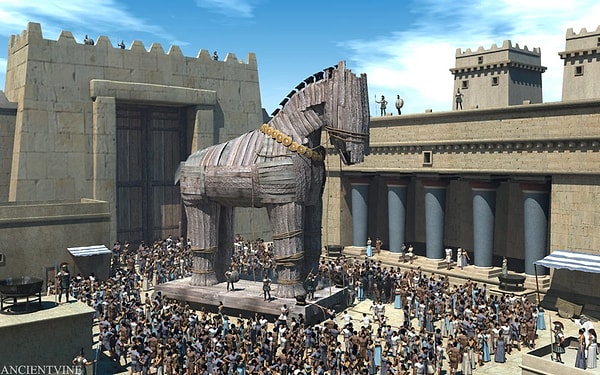
The enduring allure of Troy is evident in its frequent appearances in popular culture. From adaptations of the Trojan War in literature, theater, and film to its inclusion in video games and contemporary artworks, the mythology and history of Troy continue to resonate with modern audiences.
The ruins of Troy stand as a testament to the enduring power of ancient civilizations and the captivating myths that surround them.
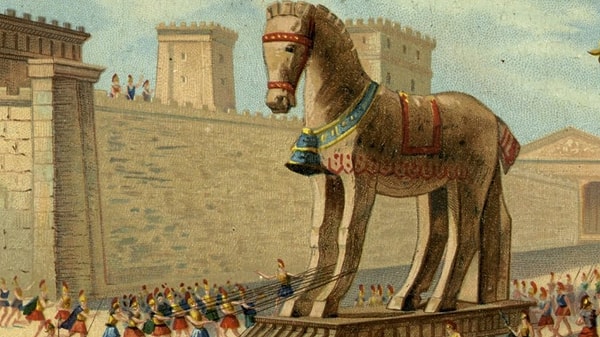
As we explore the archaeological remains, we peel back the layers of time, unraveling the mysteries and stories that have captured the imagination of people throughout history. The ancient city of Troy, with its storied past and archaeological significance, offers a window into a bygone era and invites us to ponder the complexities of human existence.
As we wander through the ruins of Troy, we are reminded of the connections that span across time and space. The myths and legends that originated within these ancient walls have shaped the collective consciousness of civilizations, leaving an indelible mark on literature, art, and our understanding of the past. The timeless tale of the Trojan War and the cunning stratagem of the wooden horse continue to inspire and captivate us, showcasing the power of storytelling in preserving history.
The ongoing archaeological research and discoveries at Troy continue to shed light on its history and provide invaluable insights into the lives of its inhabitants.
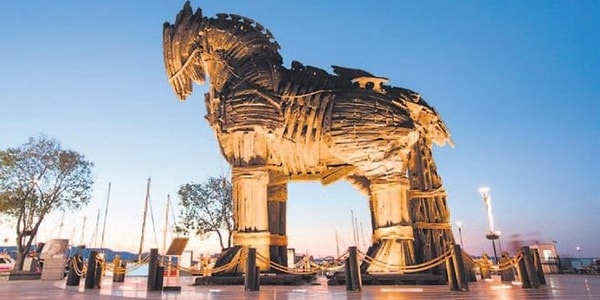
From the intricate architecture of the city walls to the artifacts that have been unearthed, each fragment tells a story, unraveling the intricate tapestry of Troy's past. These findings not only contribute to our understanding of ancient civilizations but also challenge our preconceived notions and expand our knowledge of the world.
Troy's cultural and historical significance extends beyond its physical boundaries. It serves as a symbol of resilience, reminding us of the human capacity to rebuild and persevere in the face of adversity. The exploration of Troy's ruins allows us to reflect on the fragility of civilizations and the lessons we can learn from their rise and fall.
Visiting the archaeological site of Troy is a journey through time, where history and myth converge. As we walk amidst the ancient ruins, we are transported to a world long gone, but one that continues to resonate with relevance. The opportunity to stand on the same ground where heroes and legends once stood is a humbling experience, offering a profound connection to the past.
Did you know these facts about the Troy? Tell us in the comments!
Keşfet ile ziyaret ettiğin tüm kategorileri tek akışta gör!


Send Comment